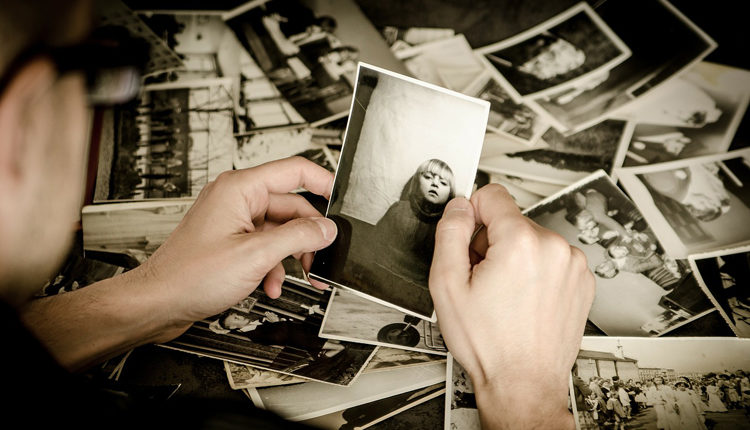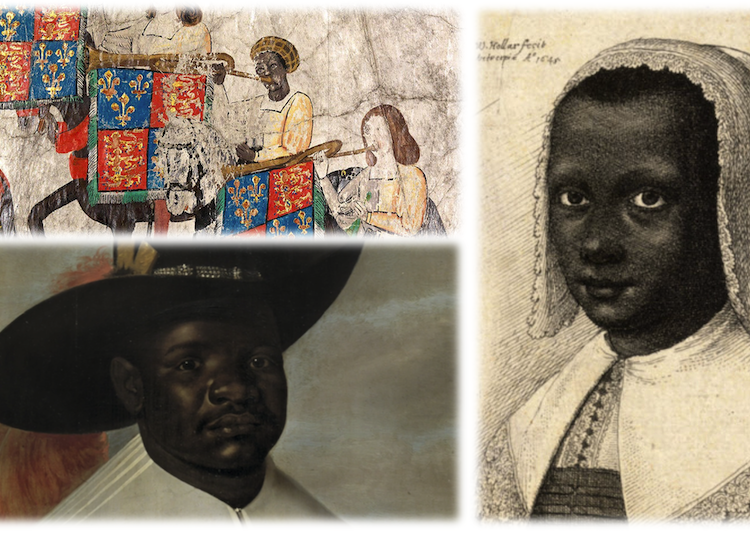Clever use of film clips in lessons.
With the omnipresence of YouTube we now have a wealth of film clips available to us as teachers. This is great in the 21st century classroom. Students should have a multi media experience in their lessons. But, how well are we using video in the classroom? Are kids simply being asked to watch a short film for no reason? Or just to add a little ‘extra’ to the lesson? (Extra what?). I think that the more we can get kids to see that films and documentaries are constructs of the past, the better.
Different ways to use film clips to promote great history
1. Video as a hypothesis or to pose a big question.One tried and tested way is to use a short and snappy clip, say no longer than four minutes at the start of a lesson. This can then be used as an interpretation – or a hypothesis that can be tested by the class. We have a couple of examples of this on historyresourcecupboard.
The first is the popular enquiry entitled: Is Simon Schama correct about the significance of Hastings? You start by showing the a short clip entitled: Schama
Ask the class what the historian says. Then the lesson is built around whether or not Professor Schama’s interpretation is correct. The full lesson can be downloaded here.
A second example of using video in this way can be used to investigate that tricky area of the Holocaust.
The rest of this content is for members only. Please Register or login.
Again, start off with this short snappy clip. This has been taken from the brilliant Nazis: A Warning from History series. How did the Holocaust happen? On You Tube.
This acts as the starting point. This poses the question which the enquiry is then based around. The lesson looks at two interpretations of how the Holocaust came about. Your students then decide which one they agree with the most. This whole enquiry, entitled: Was the Holocaust inevitable Can be downloaded here.
2. Using video to compare with other accounts
Another way to use video is similar to the above. This time, rather than using the clip as a starting point, why not use it as one of the two competing interpretations? We have a cracking enquiry which compares Orlando Figes account of the Storming of the Winter Palace with Sergi Eisenstein’s 1927 film October. The kids look at the preparations as described by Figes, and see that they are shambles. They then compare this with Eisentstein’s preparations. Clearly either Orlando or Sergi is wrong? Which one is it? The enquiry then goes on to investigate who and uses another great clip from Eisenstein’s film. This great enquiry can be downloaded here.
3. Critically evaluating video
One of my particular favourite use of film is to arm the kids first with lots of good knowledge. Then ask them what they would expect to see in a short film about that event. Then get them to grade the film. This works wonders. Our great example of writing an improved voice-over to a news broadcast on the causes of World War One does just this. The kids sort and categorise cards. Then they watch this wonderful clip to see what is wrong with it. Finally the write an improve voice over. For this entire lesson simply download it here.
The last great example of this can be used when teaching Nazi Germany and the key focus is: Why did Hitler come to power? First look at then sort, classify and decide upon the relative importance of the reasons for Hitler becoming Chancellor. Next ask them what they would expect to see in a documentary made by the BBC on this? Get them to look out for the 5 most important reasons and decide if each one was only touched upon (1), covered a little (2) or in of detail (3). Armed with their grading system, they can watch this lovely documentary. I always get them to start grading from 12 mins and 30 seconds in as the first 12 minutes 30 provide good background to pre 1929 issues. The documentary is great – not is the main star of the programme a Geordie sounding member of the SA, the narrator is Daniel Craig!
[/wlm_private]




